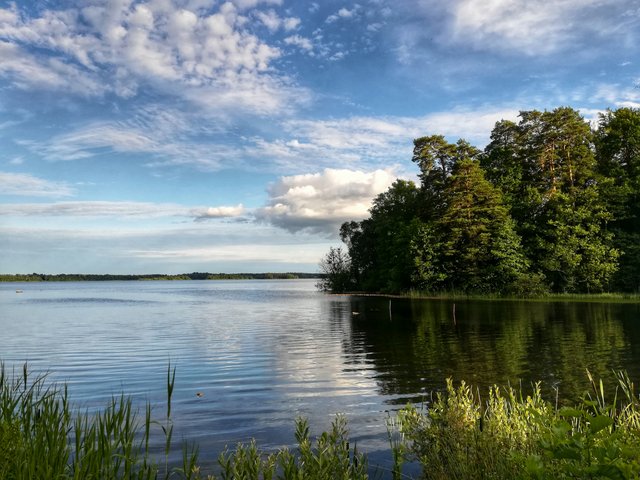Why lakes can form and the causes

Types of lakes based on the process of their formation are divided into six types, namely tectonic, volcanic, tectovolcanic, karst, glacial, and reservoir or dam lakes. Meanwhile, based on the flow of water, lakes are divided into flowing lakes and closed lakes. A lake is a depression on the earth's surface that is filled with water in relatively large amounts. Lake water comes from rivers, groundwater, and rain.
In general, the nature of lake water is fresh. However, there are some lakes that are slightly salty, especially in coastal areas. Tectonic lakes are a type of lake that is formed due to tectonic events such as earthquakes. As a result of the earthquake, a fault process occurs on the surface of the land. The broken land surface experiences subsidence or collapse and becomes concave. Furthermore, the concave part due to the collapse is filled with water and a lake is formed.
Volcanic lakes are a type of lake that is formed in the crater of a crater hole from a volcanic eruption. When the volcano erupts, the rocks that cover the crater area fall off and leave a hole there. When it rains, the hole fills with water and forms a lake. Meanwhile, tectonic lakes are a type of lake that occurs due to a combination of volcanic and tectonic processes. When a volcano erupts, some of the soil or rocks covering the mountain break and sink to form a depression. Furthermore, the depression is filled with water and a lake is formed. Karst lakes are a type of lake that forms in limestone areas. This type of lake occurs due to erosion or dissolution of limestone.
Upvoted! Thank you for supporting witness @jswit.